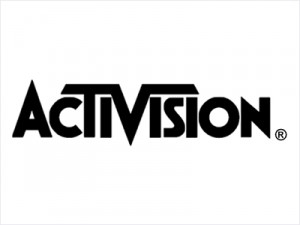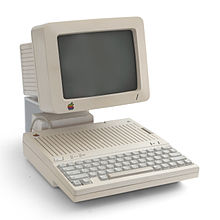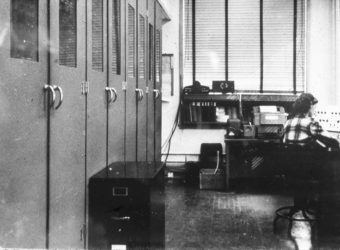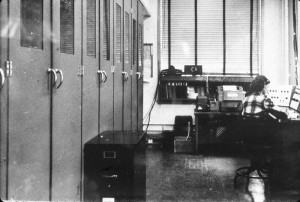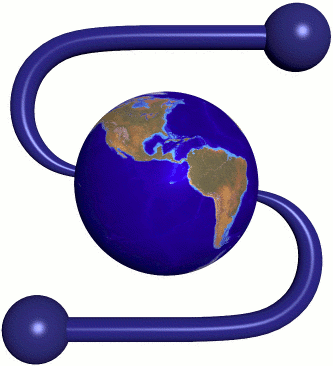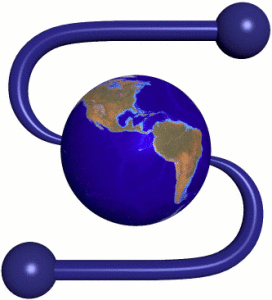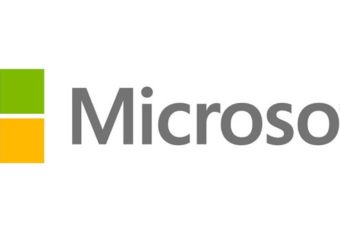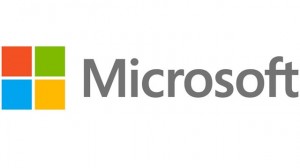April 28, 2003: Apple Launched iTunes Music Store
Subscribe! Spotify | RSS | More

2003-Apple launches the iTunes Store. iTunes has been around since 2001, but without option to get new music. Before the iTunes store, users would have to burn from CD or copy previously made MP3 files. The store sold 1 million songs within a week. Apple became the biggest music vendor in the US in 2008.
With 28 million songs, over 1 million podcasts, 40,000 music videos, 3,000 shows and even the Beatles library, iTunes music store continues to dominate the market. Of course things exploded in 2007 when Steve Jobs put apps into the iTunes store. Apple just celebrated the 40 billion app mark and 25 billion song mark.
Today, Apple iTunes commands 63% of digital downloads.
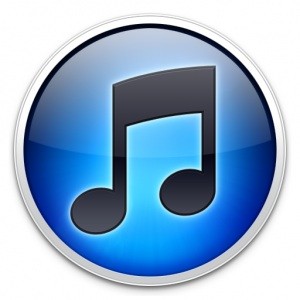

Subscribe to Day In Tech History:
RSS Feed - iTunes - Android - Spotify - iHeartRadio
Facebook -
- RSS Bandwidth by Cachefly Get a 14 Day Trial
- Join me on Patreon and support Day in Tech History
Other Events in the Day in Technology History
- 3DO sells to Samsung for $20 Million
- Sanford Wallace – the SPAM king – was sued by MySpace
- Intel removes processor ID tracking technology
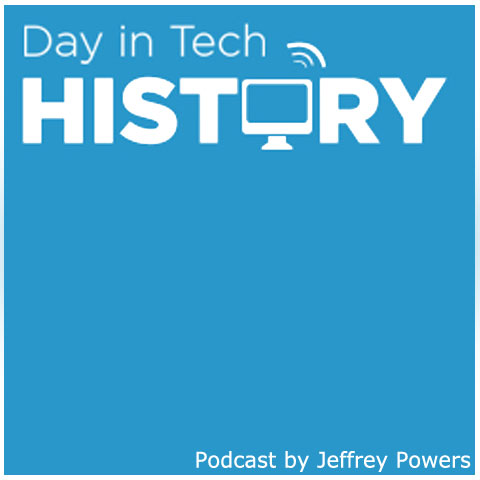
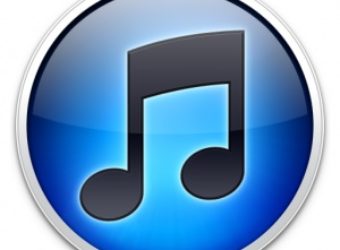



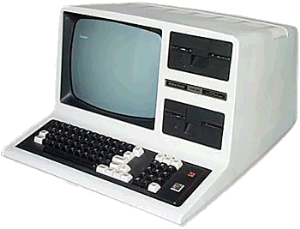

![activision[1] activision[1]](https://dayintechhistory.com/wp-content/uploads/2012/09/activision1-340x250.jpg)
